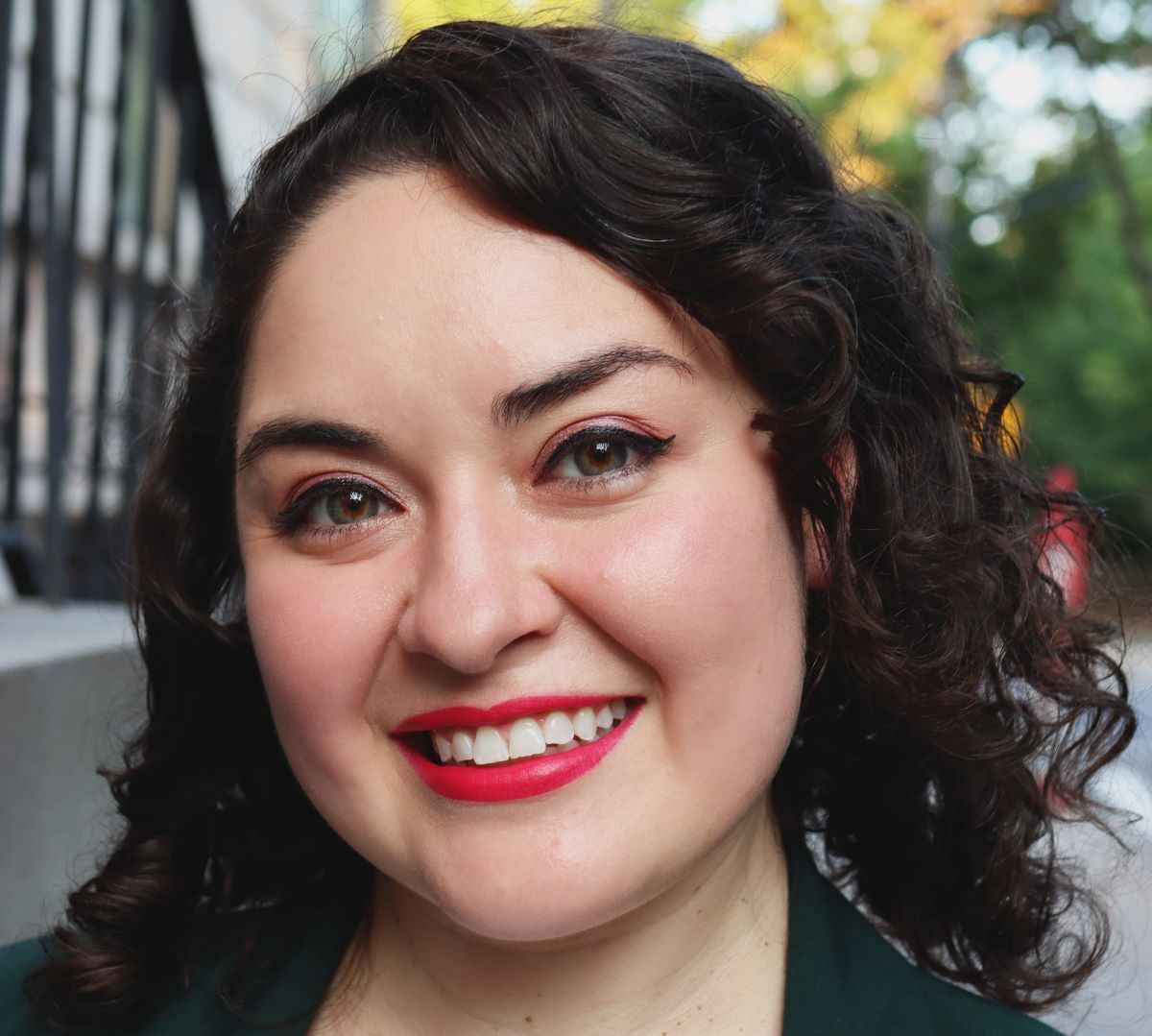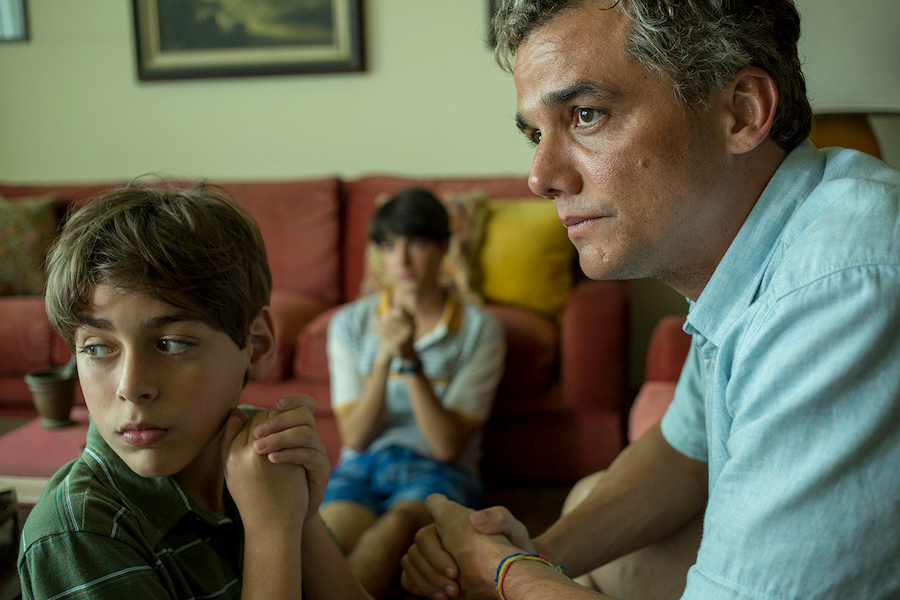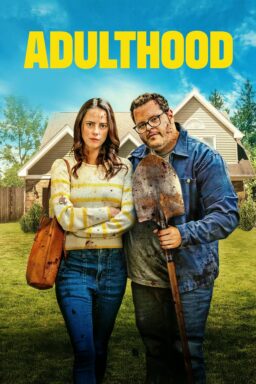Brazilian diplomat Sérgio Vieira de Mello was only 55 years old when an attack on a United Nations building in Baghdad ended his life and over 30 years of service bringing peace and equality to countries around the world. Despite his premature death, he left a lasting legacy on many, including director Greg Barker, who was so moved by de Mello’s story, he painstakingly tracked down many who knew him for a tearful documentary about the fallen diplomat. Over a decade later, de Mello’s story is back on screens streaming around the world on Netflix, but this time as a narrative film named “Sergio.” Wagner Moura plays the debonair peacemaker, and Ana de Armas co-stars as de Mello’s last love of his life, Carolina Larriera.
Barker spoke with RogerEbert.com about revisiting de Mello’s story with a new approach and why he thinks the world could use a strong humanitarian leader like him today.
How does it feel to be releasing a film right now to a very different world than when you premiered “Sergio” at Sundance a few months ago?
We were planning to do a theatrical release with events and all that. So, we’re not doing that [now]. Obviously, people are watching things at home, but I think this story for me—where’s the global leadership right now? Sérgio, not that he would have a solution to this thing, but where are the people like him? Where are the people working together to try to come up with some kind of coordinated global response to deal with what is clearly a global issue? It doesn’t really exist. The World Health Organization does not like these kinds of political leaders coming together saying this is the way we need to deal with this thing. It’s all patchwork. And I think it is possible to have people out there who help solve very complex global issues.

Before you made a documentary about Sérgio Vieira de Mello back in 2009, when did you first find out about his story?
I knew who he was, but I’ve never met him. I contacted people that I did know who knew him, going back to Bosnia which was in the ’90s. I was living in London and working in journalism then, but really, my first encounter with what became the movie was Samantha Power, who had known Sérgio as a journalist during the Yugoslavia war. We sat down for drinks, and she told me about what happened when he was in Iraq, and the tick-tock of what happened in the rubble, after the bomb went off. I have to say, I was so taken with him and the story I saw it as a movie and a narrative right away.
At the time, I was making documentaries for Frontline on PBS. The first step was to make a feature documentary. I saw the story as something that needed him to be moved from a power narrative, which I became increasingly kind of drawn to as a storyteller. It’s been a long journey, but I have to say, I saw it almost instructionally: tell this guy’s life in his last final hours as he struggles to survive and reflect on how he got there.
And you kept that structure for the narrative version?
Yeah, when we started the narrative, it just made sense to me. But also talking to Craig Borten, who wrote the script, and Wagner [Moura], I said these are my favorite movies: “The Diving Bell and the Butterfly” has a similar structure in a way—flashbacks that [lead the character to] come to terms. It’s not a linear way of doing the story, which we did consider because Sérgio was everywhere. It’s very hard to know where to choose. This structure does seem to make the most emotional sense.
Did you face any kind of challenges adapting some of the information you gathered and archival footage while making the documentary and then revisiting it as a narrative?
It never felt like I was revisiting material. It felt like it was a totally new experience making the feature. The cast and crew saw the doc. It was a useful reference tool, of course. Weirdly, it felt to me like somebody else made the doc. I love making that; that was an amazing experience.
But I had to put it aside completely, but it was a reference tool for everyone from production design to costume. The biggest challenge that I loved was the transition from doc filmmaking to narrative, which is all about motion and the interior journey, the characters, which is harder to get to in documentaries, but that’s what I really wanted to explore. For me, it felt totally fresh.
What was your collaborative process with Wagner Moura like?
It was great. We each came to the story independently. I had the rights to Samantha’s book and he came off of “Narcos.” He had read the book and saw my doc, and then we met on a Skype call. We just immediately connected and realized we were both drawn to Sérgio’s emotional struggle. Then we just began this incredibly gratifying personal and professional partnership.
We started pre-production and around this kitchen table, we just went through the script, page by page, workshopped the whole movie and characters. He’s such an amazing actor, it was really extraordinary. There’s a scene where Sérgio is talking to the UN staff at the Iraqi office, and I remember very clearly having a draft of that and Wagner standing up and trying it out. Suddenly, as I looked at him, I just said, “Oh my God, you’re Sérgio!” He just became the character. This is what great athletes do, but it was amazing to witness that up close.

What inspired you to tap Ana de Armas for her role as Carolina Larriera?
For Carolina—it sounds self-serving, but it was true—I actually went back and looked at my original pitch deck to Netflix, which is like almost three years ago, and one of my producers, Daniel Dreifuss, who had met her [de Armas] in Spain where she lived after she left Cuba, said to me early on, that you should check her out. I watched a bunch of her films and was really drawn to her. She’s just so grounded and she knows who she is. She comes from a very, very humble background. She has a deep sense of empathy for ordinary people.
So we reached out to her, and as it happens, the guy who plays Sérgio’s bodyguard in the movie knew her. They had worked on the movie together, and he and Wagner had also done a movie together. He was out in LA, and we’re just talking to him when he just happened to mention that he was having dinner with a friend who used to live in Spain that night. Who was it? Oh, it was Ana de Armas. Oh, well she just happens to be our number one choice for Carolina—could you mention it? He did. Then the next day, Friday, she read the script. By Monday she was at my house and was determined to play Carolina.
She, Wagner and I spent three days together going through all of their scenes and really workshopping their relationship. We did it in chronological order from when they first meet all the way through. As they found those characters and found that chemistry between them, you could just see that was gonna explode on screen. As part of that, we also did a screen test for the camera, the lenses, in costume and makeup. They were standing on the rooftop of a hotel in Rio, just chatting in character, and everyone’s just like, “Wow, this is really special.” Remember they had only met once or twice before that. That’s the magic of these incredibly talented actors and what they can bring to them [their characters].
Yes, their chemistry is so palpable. Obviously, the documentary is more about what happened, and then the movie explores their romance so much more. How did you strike that balance between the personal and the professional?
For me, that was the absolute core of the movie, the struggle between his purpose in the world and his struggle for clarity and intimacy and with personal life. He had a unique ability to see the world in all its shades of grey and be effective in that world. He didn’t see himself at all, and he wasn’t always authentic to those closest to him. In any sort of narrative that’s based on anything political at all, there’s always a danger of being too much information and trying to teach people. There’s a documentary about all that stuff out there.
The movie has always been about this emotional component and, and that’s why Carolina in the movie is so crucial. She embodies the idealism that Sérgio wants to believe in but struggles with professionally [and] personally. In a way, he becomes almost a complete person, but just before the end.
What do you hope that audiences will take away from watching “Sergio”?
Sérgio was a guy who probably saw more war, more human suffering than anybody else of his generation, and he lived in dark times and didn’t always get this right, but he remained empathetic. He remained optimistic throughout and never lost the sense of purpose and idealism that was also mixed with pride. I think we need that now. We are living in these very uncertain, distressing times—all of us, the whole world. So, here’s a story about people who see the world as it is with all of its complexities and darkness, and yet, still have a sense of hope, purpose and empathy.












